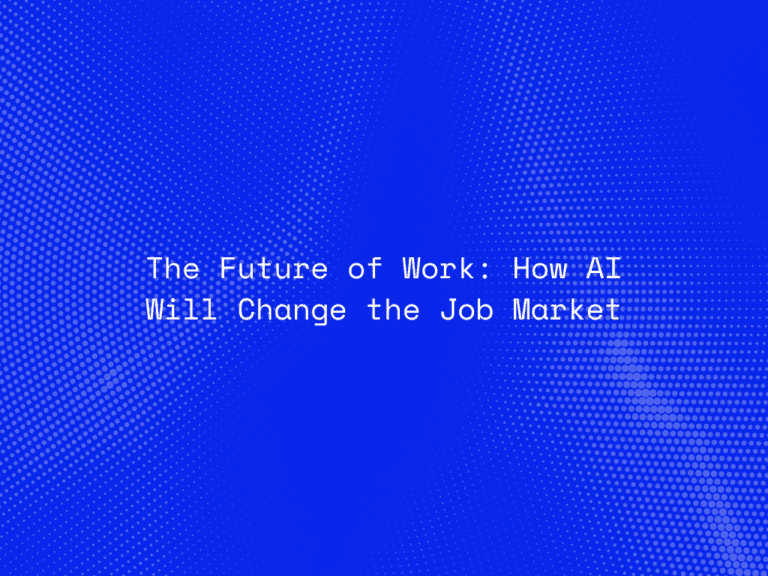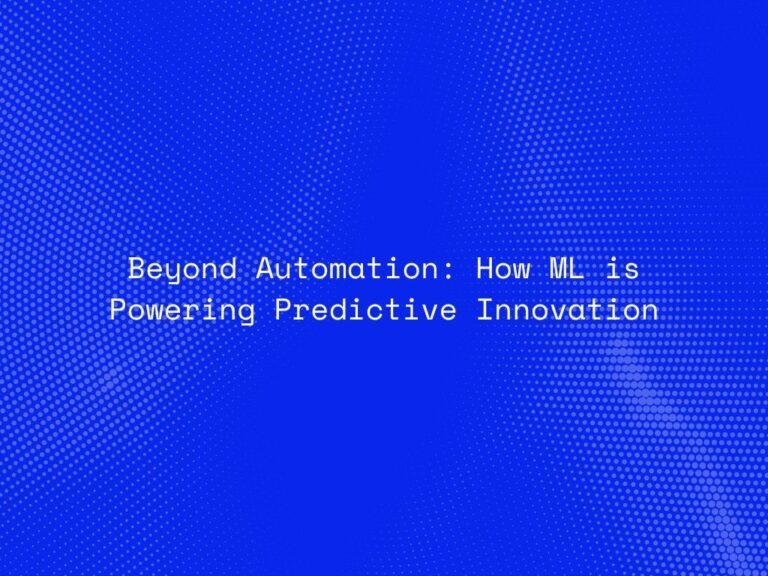Artificial Intelligence is no longer the exclusive domain of data scientists and elite research labs. As AI matures, a growing number of enterprises are realizing that its full potential can only be unlocked when it’s accessible across the entire organization—not just in the IT department or innovation hubs. This is the essence of AI democratization: making AI tools, infrastructure, and knowledge available to non-expert users across various functions.
When AI becomes a shared asset across teams—marketing, HR, finance, operations—it fuels a culture of innovation, agility, and data-driven decision-making. However, scaling AI across an enterprise requires more than just technology; it calls for the right strategies, tools, governance, and mindset.
In this blog, we explore what democratizing AI means, why it matters, and how enterprises can effectively scale AI-powered innovation across teams.
What Does AI Democratization Mean?
AI democratization refers to the process of making AI accessible to a broader audience within an organization, including those without a deep technical background. It’s about:
-
Empowering non-technical teams with no-code or low-code tools.
-
Enabling domain experts to apply AI insights without needing to understand complex algorithms.
-
Creating cross-functional collaboration around AI initiatives.
By lowering the barriers to entry, enterprises can tap into a wider range of talent and perspectives, accelerating innovation across all departments.
Why Enterprises Need to Democratize AI
1. Faster Innovation Cycles
AI democratization reduces reliance on centralized data science teams, enabling faster prototyping and experimentation. Teams closest to the problem can test hypotheses and generate insights without waiting in the queue.
2. Competitive Advantage
Enterprises that scale AI capabilities across functions gain a strategic edge—through more personalized customer experiences, predictive operations, and smarter resource allocation.
3. Better Decision-Making Across Departments
From marketing to supply chain, departments equipped with AI can leverage predictive analytics and automation to make informed decisions backed by real-time data.
4. Improved Employee Engagement and Productivity
AI tools can automate mundane tasks and surface valuable insights, allowing employees to focus on strategic, creative, and customer-facing work.

Core Pillars of Scaling AI Across Teams
1. Provide Easy-to-Use AI Tools
Low-code and no-code platforms (e.g., Microsoft Power Platform, Google AutoML, DataRobot) allow business users to build AI models through intuitive interfaces without writing complex code.
2. Embed AI into Everyday Workflows
Integrate AI capabilities directly into commonly used tools like CRM systems, ERP platforms, and productivity apps. This enables users to apply AI within their familiar environment without disruption.
3. Invest in Training and Upskilling
A successful AI democratization strategy includes widespread training initiatives. Offer workshops, online courses, and internal AI academies to equip teams with the skills to use AI responsibly and effectively.
4. Foster Cross-Functional Collaboration
Encourage collaboration between technical experts and domain professionals. Business users provide context, while data scientists ensure technical robustness—resulting in more relevant and practical AI solutions.
5. Build Scalable and Secure Infrastructure
Centralized data lakes, robust APIs, and secure ML platforms are essential for providing teams with consistent access to high-quality data and compute resources.
Common Use Cases Across Departments
-
Marketing: Customer segmentation, campaign optimization, and sentiment analysis.
-
HR: Resume screening, employee engagement analysis, and workforce planning.
-
Finance: Risk modeling, anomaly detection, and predictive forecasting.
-
Operations: Supply chain optimization, demand forecasting, and predictive maintenance.
-
Customer Service: AI chatbots, real-time support analytics, and case resolution prediction.
Challenges to Democratizing AI—and How to Overcome Them
1. Data Silos
Data must be centralized or integrated to be useful at scale. Implement data governance frameworks that ensure accessibility without compromising privacy or compliance.
2. Lack of AI Literacy
Not all teams understand AI fundamentals. Tailored education and change management programs can bridge this gap and create a more AI-aware workforce.
3. Fear of Job Displacement
Communicate clearly that AI is here to augment, not replace. Highlight how automation frees up time for more meaningful work and strategic decision-making.
4. Governance and Ethics
More users mean more risk. Establish clear guidelines, monitoring tools, and ethical review boards to ensure responsible AI use across all teams.
Conclusion: Making AI a Shared Language
Democratizing AI is not just a technology initiative—it’s a cultural shift. By making AI accessible, understandable, and actionable for everyone, enterprises can unlock untapped innovation across departments. The organizations that win in the AI-powered era won’t just be those with the best models, but those with the broadest and most inclusive approach to applying them.
As you plan your AI strategy for 2025 and beyond, ask: Is AI limited to the few—or empowered by the many?




